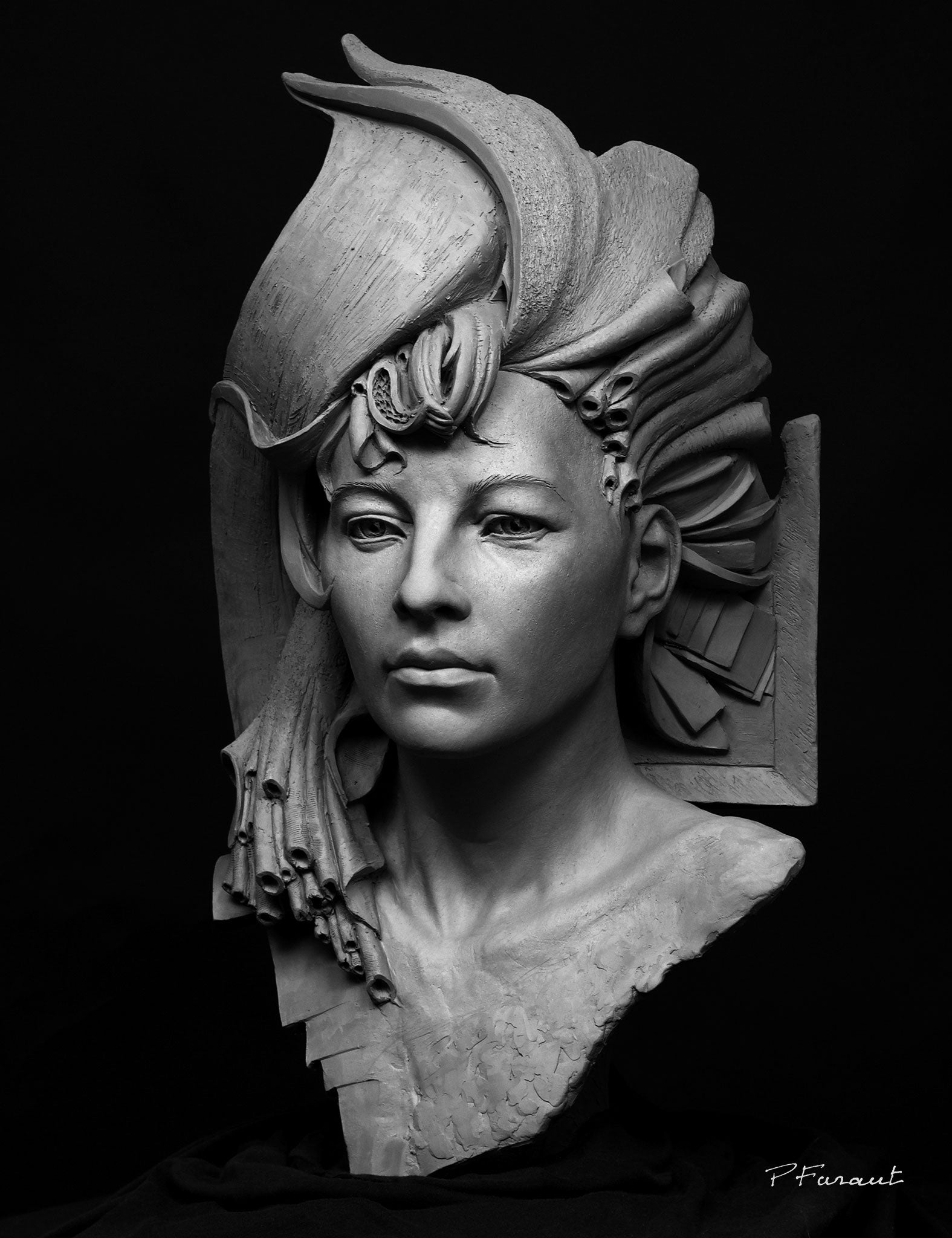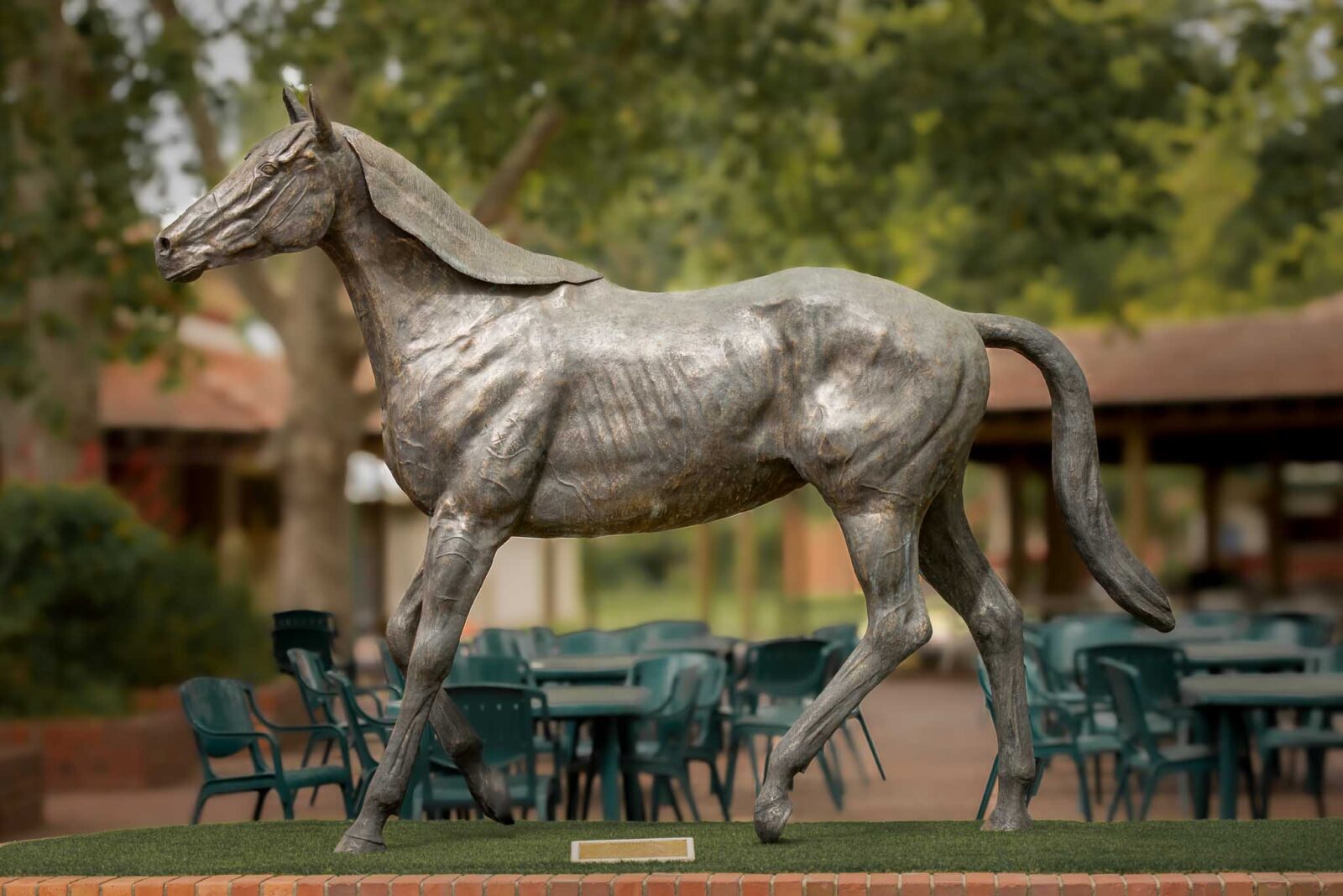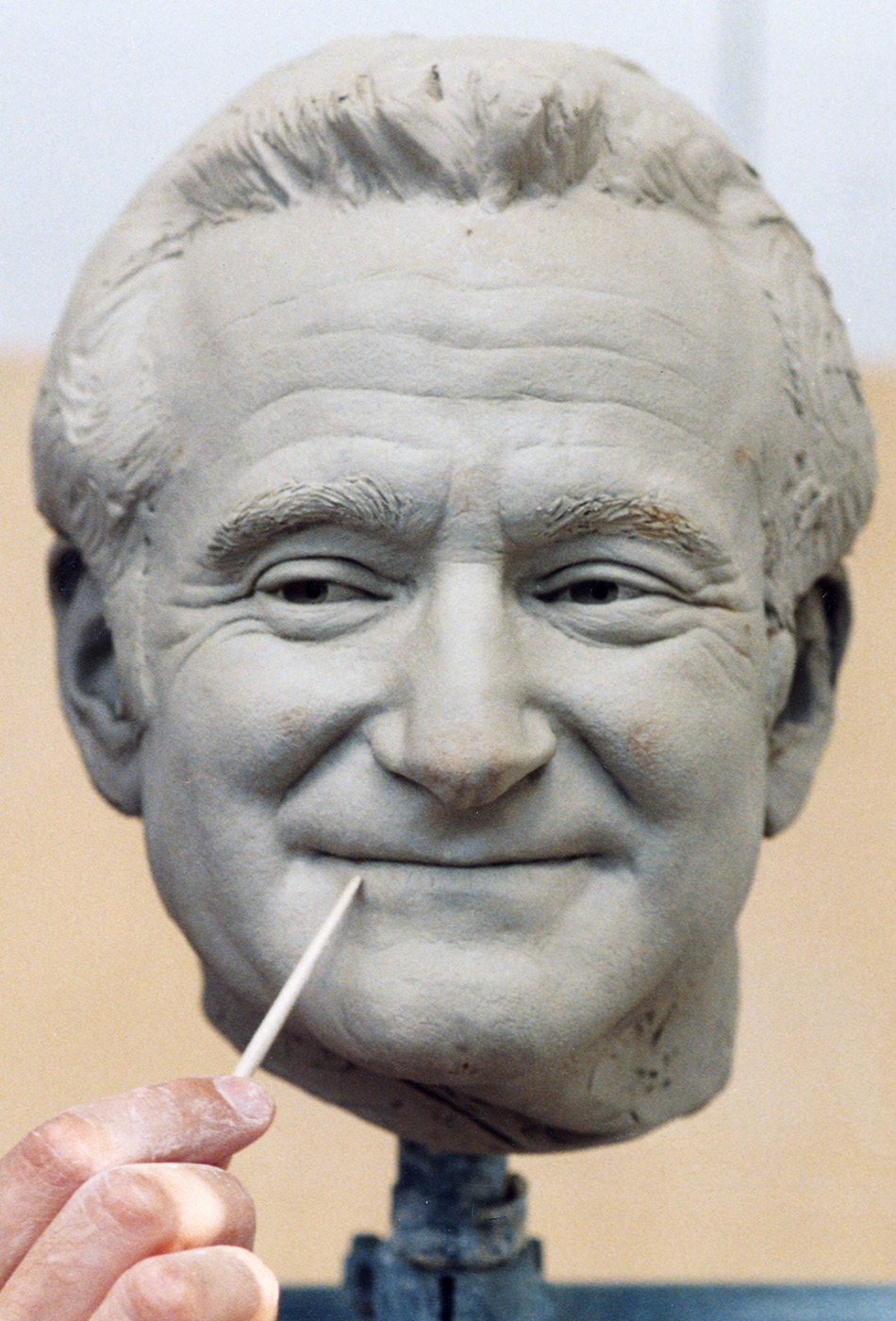In the Spirit of the Horse: Admire the Beauty of Equine Sculptures
Wiki Article
Forming the Human Kind: Representations of the Body in Sculpture
Sculpting the Human Type: Representations of the Body in Sculpture is an extensive exploration of the artistic representation of the human body throughout history. This event delves right into the different methods, designs, and social viewpoints that have actually formed the means artists have portrayed the human form in sculpture. From the splendid marble sculptures of old Greece to the complex work of arts of the Renaissance, from the ornate and flamboyant Baroque and Rococo sculptures to the progressive and abstract expressions of modern-day and modern sculpture, this exhibit uses a fascinating trip with the development of this timeless art form - Robert C Hitchcock Sculptor. By checking out the diverse analyses and representations of the human body, site visitors will certainly acquire a much deeper understanding of the artistic, cultural, and social impacts that have shaped our assumption of the human form.Old Greek Sculptures

Among the specifying characteristics of Ancient Greek sculptures is their emphasis on balance. Each component of the body is meticulously crafted to be in proportion to the entire, developing a sense of balance and harmony. The sculptors paid careful interest to every information, from the positioning of muscular tissues to the positioning of limbs, ensuring that each number showed up both powerful and graceful.
Rather than showing the blemishes and problems of the human type, they sought to produce an idyllic variation of truth. The sculptures commonly portrayed athletes, gods, and sirens, with their bodies shaped to excellence.
Renaissance Masterpieces
Continuing the expedition of the representation of the human kind in sculpture, Renaissance masterpieces even more fine-tune the idyllic principle of beauty, building upon the harmonious and in proportion percentages of their Old Greek precursors. Throughout the Renaissance duration, which spanned from the 14th to the 17th century in Europe, artists sought to revive the classic suitables of ancient Greece and Rome. They examined and copied the jobs of the old masters, pursuing a reasonable representation of the human body.
One of the most popular Renaissance carvers was Michelangelo Buonarroti. His masterpiece, the sculpture of David, exemplifies the perfection and elegance that ended up being associated with Renaissance art. Standing at over 17 feet tall, the sculpture depicts the biblical hero in a state of calm before his battle with Goliath. David's muscle figure, recorded with exceptional detail, exposes the musician's mastery of human composition.
Another notable Renaissance artist was Donatello. His sculpture of Saint George, produced in the early 15th century, showcases the artist's ability to share stamina and nobility with the human kind. The statue shows the epic dragon-slaying saint in a poised and certain stance, exuding a feeling of heroism.
Renaissance work of arts not just commemorated the physical elegance of the body yet also conveyed much deeper definitions and feelings. With their meticulous focus to detail and proficient workmanship, Renaissance sculptors boosted the art of sculpture to new elevations, leaving an enduring legacy that proceeds to inspire musicians to today.
Rococo and baroque Sculpture
Rococo and baroque sculpture exemplifies the luxuriant and lavish representation of the human form throughout the 17th and 18th centuries. Characterized by its significant and dynamic style, Baroque sculpture intended to captivate customers through its majesty and emotional strength. Musicians such as Gian Lorenzo Bernini and Alessandro Algardi created sculptures that shared movement, commonly depicting figures in significant poses. The usage of light and darkness further boosted the feeling of drama, developing a staged effect.
Rococo sculpture, on the other hand, arised as a response to the grandiosity of the Baroque duration. They usually represented figures in stylish and sensual postures, mirroring the laid-back and whimsical nature of the Rococo style.
Both Baroque and Rococo sculpture put a wonderful focus on the human type, celebrating its beauty and sharing an array of feelings - Equine Sculptures. Whether it was the powerful and dynamic numbers of the Baroque or the stylish and charming figures of the Rococo, these sculptures recorded the significance of the human experience, leaving a long lasting influence on the art globe
Modern and Contemporary Sculpture
The advancement of forming the human type continues in modern and modern-day sculpture. Modern sculpture emerged in the late 19th century as an action to the changing political and social landscape.In the 20th century, the rise of abstraction and theoretical art brought new opportunities for carvers. Musicians like Henry Moore and Barbara Hepworth explored the connection between type and space, producing abstracted and natural numbers that tested standard notions of depiction. Moore's huge bronze sculptures and Hepworth's sculpted stone jobs are commemorated for their innovative use of products and their capacity to evoke a sense of the body in a non-literal way.
Contemporary sculpture continues to push the limits of depiction and discover brand-new products and techniques. Musicians like Continued Antony Gormley and Ron Mueck produce hyper-realistic sculptures that challenge our perception of the body, while others, such as Louise Bourgeois and Kiki Smith, utilize the body as an allegory for individual and cumulative experiences. The human kind continues to be an effective subject in sculpture, giving a system for musicians to discover identification, feeling, and the human problem.
Cultural Point Of Views on the Human Body

In the exploration of sculpting the human kind, the evaluation of cultural point of views on the human body reveals a abundant and varied tapestry of analyses and depictions. Throughout background, different cultures have actually held special beliefs and worths pertaining to the body, leading to distinct imaginative expressions - Equine Sculptures. These social viewpoints shape the way the body is depicted and perceived in sculpture, showing societal norms, religions, and visual ideals
For instance, ancient Greek sculptures celebrated the idyllic human kind, stressing physical appeal and athleticism. In comparison, old Egyptian sculptures focused on the preservation of the body in the afterlife, depicting numbers with idealized attributes and stiff positions.
Likewise, cultural perspectives on the human body in African art frequently emphasize public identification and spiritual beliefs (Contemporary Sculptures). Sculptures from different African cultures show the body with exaggerated attributes, representing genealogical links and cultural worths. Native cultures in the Americas additionally have distinct perspectives on the body, typically depicting it in a spiritual context and stressing the connection in between humans and nature
The exam of cultural perspectives on the body in sculpture allows us to obtain insight into the values, ideas, and appearances of various societies throughout background. It highlights the diversity of human experiences and the methods which art reflects and shapes our understanding of the human type.

Final Thought
In verdict, the portrayal of the human body in sculpture has advanced with time, reflecting various creative activities and cultural perspectives. From the idealized figures of Old Greek sculptures to the emotive and realistic Renaissance work of arts, and the detailed details of Baroque and Rococo sculptures, to the abstract and speculative forms of modern-day and modern sculpture. The body has actually been a subject of attraction and artistic exploration throughout background, showcasing the diverse interpretations and expressions of the human form.Shaping the Human Form: Representations of the Body in Sculpture is a comprehensive expedition of the imaginative representation of the human body throughout history. From the splendid marble sculptures of ancient Greece to the detailed masterpieces of the Renaissance, from the elaborate and flamboyant Baroque and Rococo sculptures to the progressive and abstract expressions of modern-day and contemporary sculpture, this exhibition offers a fascinating trip with the advancement of this timeless art type. Artists like Antony Gormley and Ron Mueck produce hyper-realistic sculptures that challenge our perception of the human body, while others, such as Louise Bourgeois and Kiki Smith, use the body as an allegory for individual and cumulative experiences. The human form stays an effective subject in sculpture, supplying a platform for artists to discover identification, feeling, and the human problem.
From the idyllic numbers of Old Greek sculptures to the reasonable and stirring Renaissance work of arts, and the detailed details of Baroque and Rococo sculptures, to the abstract and experimental types of contemporary and modern sculpture.
Report this wiki page